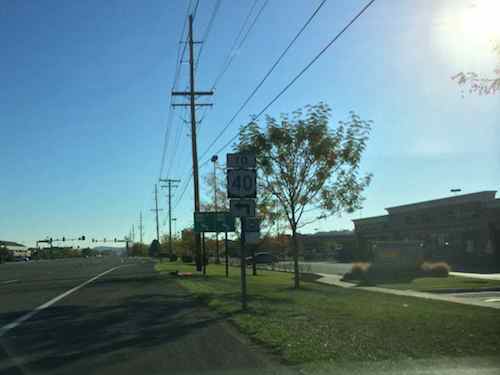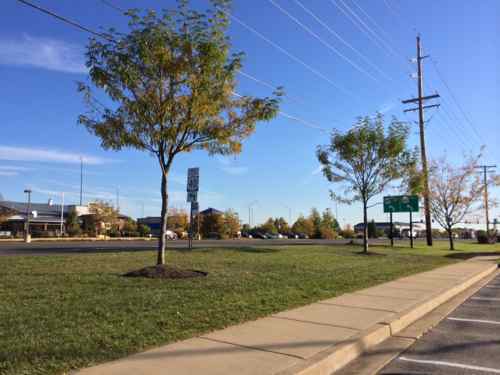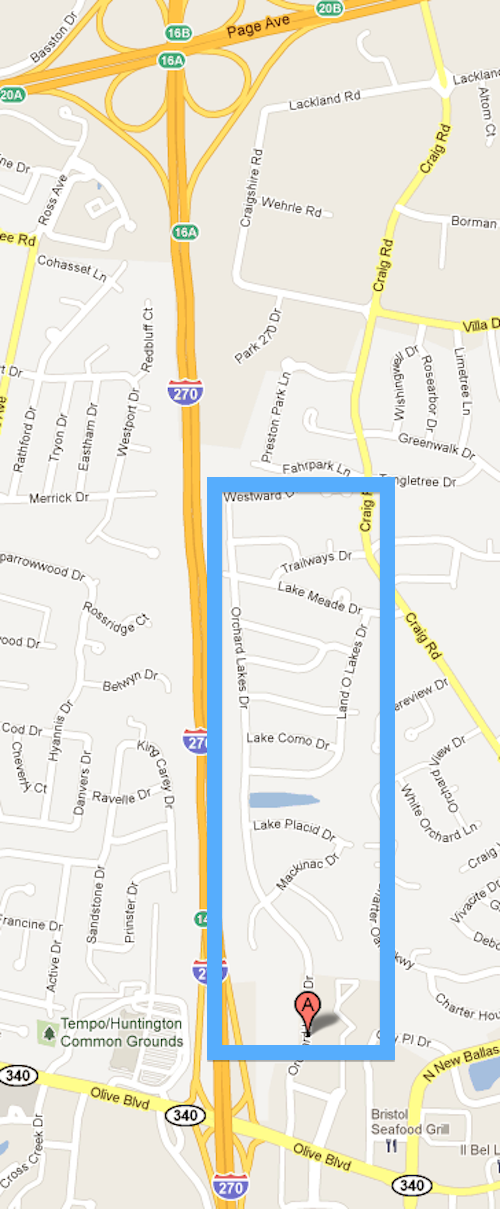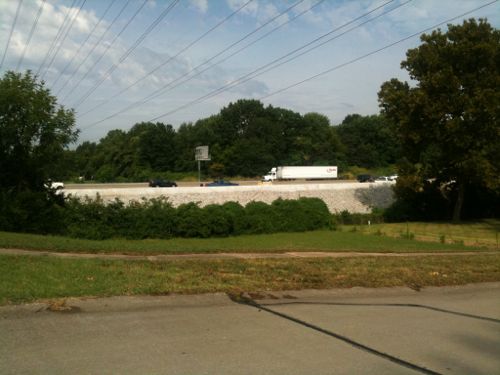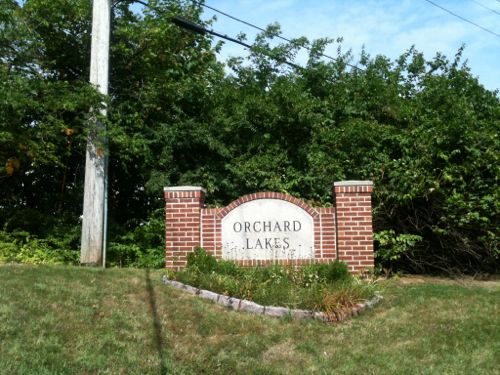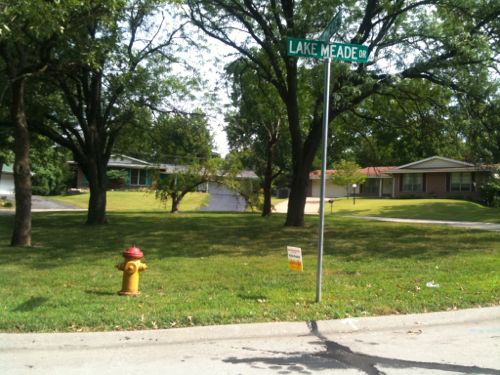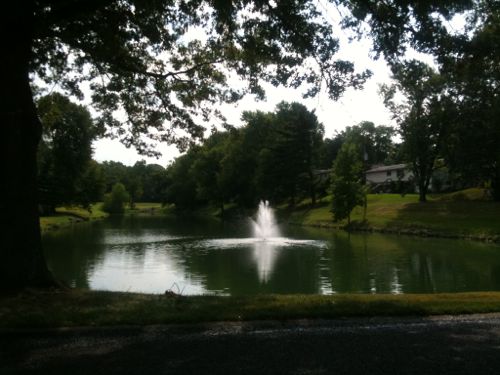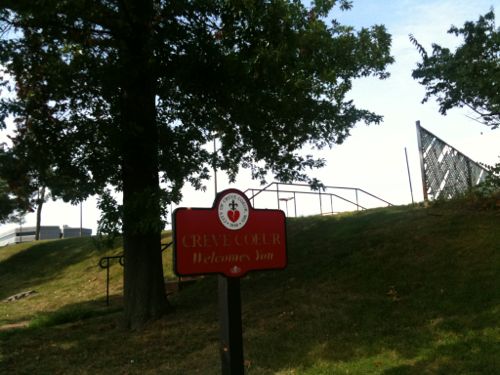If you read the propaganda in today’s St. Louis Business Journal on development you might think the term CAVE is “Citizens Against Virtually Everything.” Instead, it is actually Citizens Against Vulgar Environments. And vulgar is what we often get from the developers complaining in the journal.
In the face of hundreds of millions of dollars of redevelopment activity in the St. Louis area in recent years, a vehemence against commercial development has risen to new levels.
Just in the last month,
Paul McKee Jr. has been accused of planning to “bulldoze the ghetto,” and Chris Goodson’s site for a new development on downtown’s edge was picketed on the same day plans were unveiled. Gundaker Commercial Group’s Mike Hejna denounced the new force in development: “CAVE” men, or “Citizens Against Virtually Everything.”
Hejna made the comments to a group of real estate brokers Feb. 6 after detailing the several-years-long process of getting his and Duke Realty’s $750 million Premier 370 business park approved in St. Peters.
Read the above again, it is all about the money. Dollar signs are all they see. If millions of dollars are being “invested” it must therefore be good. The developers like McKee and Hejna can’t have a discussion about pedestrian-friendly design, planning for various modes of transportation, and sustainable development. Lisa Brown continues:
Anti-development sentiment has risen to a level beyond civil discourse, to a point where developers have received threats at their homes. And this opposition is harder to overcome with the Internet as a tool — it’s hard to fight an opponent you can’t see or identify.
“Because of the blogosphere, it exaggerates things,” said Stephen Acree, president of the Regional Housing and Community Development Alliance (RHCDA). “The folks that are most vocal on the blogs are not necessarily part of the neighborhood organizations that are working in the community to build it.”
Many of the blogs, such as mine, are well identified. In fact, we are often more identifiable than the Limited Liability Companies (LLCs) these developers employ to keep their identities hidden from public scrutiny. We wouldn’t want our prominent citizens being connected to a string of properties being left open to vandals, arsonists, homeless and the elements.
And Mr. Acree, you are correct. Many of the bloggers such as myself are not part of the neighborhood organizations. Why? As an example, when I tried to get my neighborhood organization to help save a historic building they refused to act because their funding is tied to the alderman that was in favor of demolition. This is St. Louis you know and politicos can be be spiteful if crossed. Acting outside the organization you can, in my view, have a bigger inpact. By the way, the building was saved (despite claims it could not) and is being converted to condos.
Fears over eminent domain and the proliferation of blogs on the Internet have created a difficult environment for developers, said Marian Nunn, chief operating officer of St. Louis-based THF Realty, one of the largest private commercial developers in the country.
“There seems to be heightened alertness on the part of the public when you need to tear anything down, even if it has to be torn down,” Nunn said. “The Internet has really created a whole new venue for people who are misinformed to communicate on a large scale. It’s very mean spirited, and they don’t have to do it face to face or face rebuttal.”
You want a face to face rebuttal? Name the time and place and I will be there. Shall we have that face to face meeting in the massive wasteland THF calls Maplewood Commons? Or we could debate the value of the development THF placed in the flood zone in the Chesterfield Valley? Talk about “mean spirited” — these developments are absolutely horrid in every possible category. Would I have stopped those projects dead in their tracks if I could have? Yes!
[Update 2/16/2007 @ 11:35am — I just left a voice message for Ms. Nunn inviting her and her developer friends to a face to face discussion on development practices. If she accepts, I will arrange for a meeting room at St. Louis University where the public can be invited.]
Trust me Ms. Nunn, I am not at all “misinformed” on development. It is the likes of you and others that are clearly misinformed about good design, sustainable development and anything remotely resembling a true walkable community. The interesting thing is most of you are all members of organizations such as the ULI (Urban Land Institute). You must get the monthly manazine and simply toss it in your lobby. I’ve got a suggestion — open it up and actually read the articles. Attend the workshops, not just sponsor them. Once you’ve managed that perhaps actually buying some of the books published by them and the APA (American Planning Assocaition). Same goes for Ms. Brown and the others at the Business Journal — who knows you might actually learn why that big ugly parking garage next to your office is not a good thing for the long term future of St. Louis.
Of course, these developers are not in it for the long haul. Sure, they may retain all their “projects” but that is all they are to them. They boil it down to so many leasable square feet and how much it cost to build. When it gets old they either sell it or return to the local government and hold out their hand for more tax money to retrofit the now-obsolete project.
Myself and others are not anti-commercial development as this article attempts to paint us. I happen to be very pro-development, but not any development just for the sake of development. Unlike these wealthy developers who are complaining about being challenged on their projects, some of us actually know the difference between good and bad design. We know what makes an area sustainable in the long term which is a different goal than short term profits. But the whole issue of good vs. bad development is not agreed upon by everyone so it is time to have that civilized discussion about what constitutes good design for our community.
This is where the developers and people like Mayor Slay’s staff (Barb Giesman & Jeff Rainford) go running. For decades development has happened in a vacuum, with little oversight into the process. Today, in 2007, the situation is different. People, believe it or not, actually care about their physical environment. Yes, we live in a city or suburb for a reason. I did not move to a city consisting of gridded urban streets to have it change into low density sprawl like Ballwin. If I would have wanted that I would have moved there. So we are standing up for what we want, the choice is yours. Either sit down at the table now and lets work through some good zoning for the city (tossing aside our 60-year old auto-centric codes) or be prepared to see an escalation in the level of opposition at every turn.
Jeff Rainford, the Mayor’s Chief of Staff:
We simply have to stand up to the very small number of people who are fighting progress for their own financial or political gain.
Boy, that is rich! Who is seeking financial or political gain here? The funny thing is any population gains the city might be seeing are from people who want to actually live in a city, not the city re-made into some bad suburb. Once again, politicians define “progress” as so many millions of dollars being spent. A wonderful dense urban neighborhood could be built at Pruitt-Igoe but if a medical waste facility were to cost another $10 million they’d probably consider that more progress and go that direction. We need people at the top that actually have a clue. After all, good urban design is not rocket science, even a caveman could do it.
We, the Citizens Against Vulgar Environments (CAVE), need to stand up against a very small number of small-minded people who are, through their prehistoric development practices and political positions, holding back the true potential of the City of St. Louis and the St. Louis Region.
